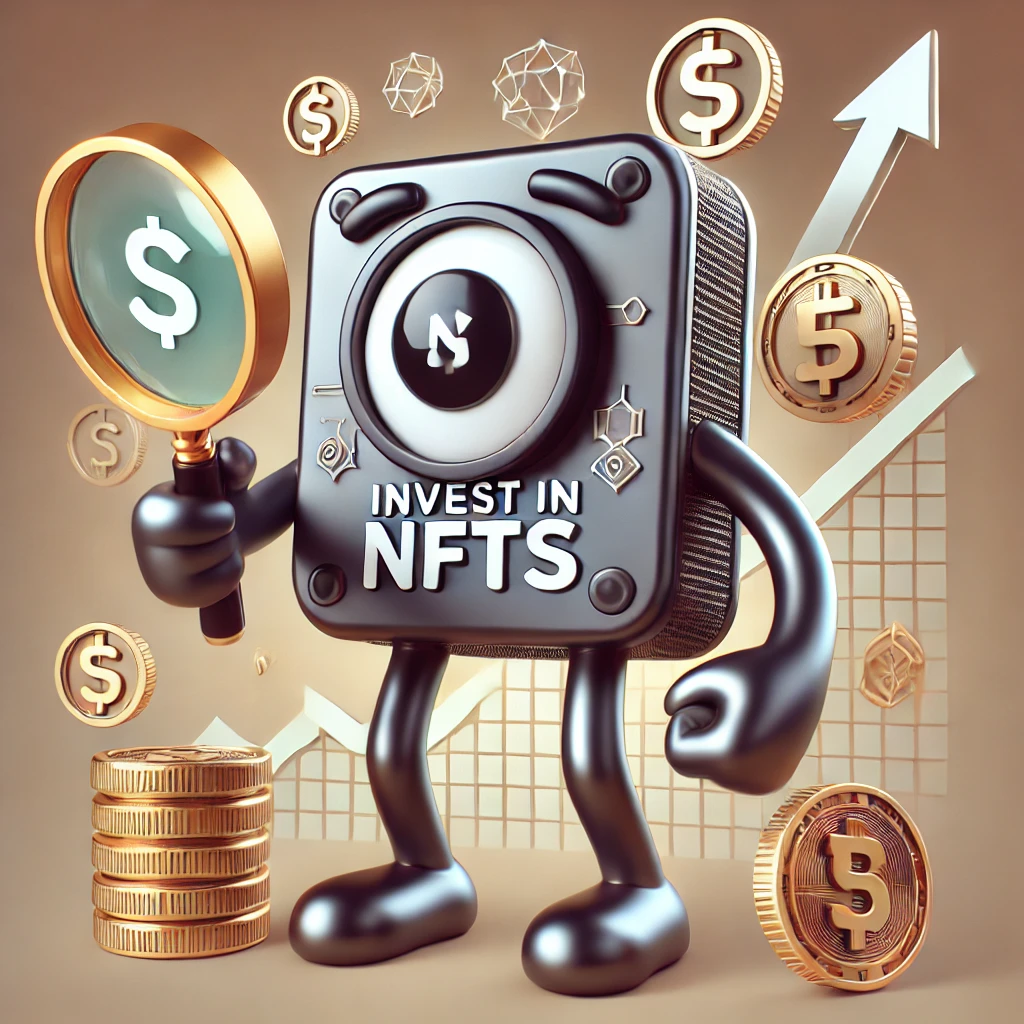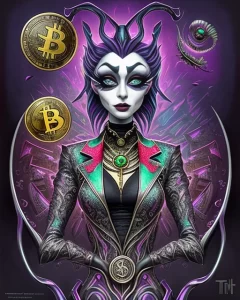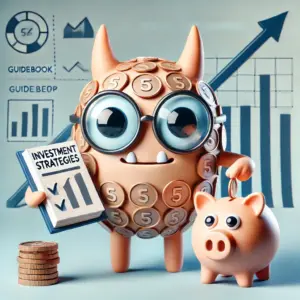The world of NFTs, or Non-Fungible Tokens, has exploded in recent years, captivating the imagination of artists, collectors, and investors alike. These digital assets, often associated with unique digital artwork and collectibles, have become a cultural phenomenon, sparking discussions and debates about their potential, value, and future. This comprehensive guide offers a deep dive into the world of NFTs, providing a clear understanding of what they are, how they work, and how you can navigate this evolving landscape.
Table of Contents:
- Understanding NFTs: The Basics
- How NFTs Work: A Simplified Breakdown
- Benefits of Investing in NFTs
- Risks Associated with NFTs
- Investing in NFTs: A Step-by-Step Guide
- Popular NFT Projects
- Tips for Investing in NFTs
- Future of NFTs
- Conclusion: Navigating the NFT Revolution
- Q&A: Frequently Asked Questions about NFTs
Understanding NFTs: The Basics
Imagine owning a unique, digital version of a masterpiece like the Mona Lisa. While countless copies of the painting exist, only one original is recognized as the true Mona Lisa. NFTs offer a similar concept, representing ownership of a digital asset that is unique and irreplaceable.
NFTs are essentially digital certificates of authenticity or ownership, recorded on a secure, decentralized ledger known as a blockchain. This blockchain technology, most famously used by cryptocurrencies like Bitcoin, ensures the immutability and transparency of NFT information. Each NFT is associated with a unique digital file that represents the underlying asset, which could be anything from artwork and music to virtual worlds and game items.
Key Features of NFTs:
- Uniqueness: Each NFT is one-of-a-kind, making it inherently valuable and collectible.
- Scarcity: The limited supply of NFTs contributes to their perceived value.
- Transparency: Blockchain technology ensures the traceable history of an NFT from creation to ownership, promoting transparency and trust.
- Programmability: NFTs can carry additional information, instructions, and even smart contracts, enabling new possibilities for digital assets.
How NFTs Work: A Simplified Breakdown
1. Creation: An artist or creator mints an NFT, essentially creating a unique digital certificate representing their work. This is typically done on a blockchain platform like Ethereum or Solana.
2. Listing: The creator lists the NFT for sale on an NFT marketplace, where it can be bought and sold by interested parties.
3. Purchase: A buyer purchases the NFT using cryptocurrency, usually Ethereum or a platform-specific token. The transaction is recorded on the blockchain, permanently linking the NFT to the buyer’s digital wallet.
4. Ownership: The blockchain records the ownership history of the NFT, making it easy to track and verify.
Benefits of Investing in NFTs
While the NFT market is still in its early stages, several potential benefits attract investors:
- Digital Ownership: NFTs enable ownership of digital assets, opening new avenues for creators to monetize their work.
- Collecting and Speculation: The scarcity and uniqueness of NFTs create opportunities for collectors and speculators to acquire valuable digital assets.
- Community Building: NFTs foster a sense of community among collectors and enthusiasts, driving engagement and creating new forms of interaction.
- Potential for Future Growth: The NFT market is rapidly evolving, offering potential for substantial returns on investment for early adopters.
Risks Associated with NFTs
As with any new investment, NFTs carry inherent risks. It’s crucial to understand these risks before diving into the NFT market:
- Volatility: The NFT market is highly volatile, and prices can fluctuate significantly based on market sentiment and speculation.
- Scams and Fraud: The decentralized nature of NFTs can attract scammers and fraudulent activities, making it essential to be vigilant.
- Lack of Regulation: The NFT market currently lacks robust regulation, contributing to uncertainties and risks.
- Environmental Concerns: Some blockchain platforms used for NFTs, like Ethereum, have faced criticism for their energy consumption.
- Technological Evolution: The rapid evolution of NFT technology could lead to obsolescence or limitations for existing assets.
Investing in NFTs: A Step-by-Step Guide
If you’ve decided to explore the NFT space, follow these steps to get started:
1. Understand the Fundamentals
Before you invest, familiarize yourself with the core concepts of NFTs, blockchain technology, cryptocurrencies, and the NFT market.
2. Choose a Platform
Select an NFT marketplace that suits your needs. Popular options include:
- OpenSea: One of the largest NFT marketplaces featuring a wide range of digital assets.
- Rarible: A user-friendly platform known for its community-driven features and diverse NFT offerings.
- Nifty Gateway: A curated marketplace focused on showcasing blue-chip artists and high-value NFTs.
3. Set Up a Cryptocurrency Wallet
You need a cryptocurrency wallet to store your NFTs and interact with marketplaces. Some popular options include:
- MetaMask: A widely used browser extension that allows you to manage your cryptocurrency and interact with NFT marketplaces.
- Coinbase Wallet: A mobile app that offers both cryptocurrency storage and NFT functionality.
- Trust Wallet: A mobile app that supports a wide range of cryptocurrencies and blockchain platforms.
4. Buy Cryptocurrency
Acquire cryptocurrency, typically Ethereum, to fund your NFT purchases. You can purchase cryptocurrency on exchanges like Coinbase, Binance, or Kraken.
5. Explore and Research NFTs
Take your time exploring various NFTs on marketplaces. Consider factors like the artist’s reputation, the project’s community, and the potential for future value.
6. Choose Your NFTs Wisely
Invest in NFTs that align with your interests, budget, and investment goals. Diversifying across different NFTs can help mitigate risk.
7. Secure Your Assets
Protect your cryptocurrency wallet and private keys to safeguard your NFTs. Be wary of phishing scams and suspicious links.
Popular NFT Projects
The NFT landscape is constantly evolving, but here are some prominent projects that have gained recognition:
1. CryptoPunks:
A collection of 10,000 unique, pixelated characters that represent some of the earliest and most iconic NFTs.
2. Bored Ape Yacht Club:
Another popular collection of 10,000 unique ape NFTs known for their community, utility, and membership benefits.
3. Art Blocks:
A platform featuring generative art NFTs, where each piece is algorithmically created, offering unique and collectible creations.
4. Decentraland:
A virtual world where users can create, experience, and own virtual land and assets.
5. The Sandbox:
A metaverse platform known for its user-created games, experiences, and digital assets.
Tips for Investing in NFTs
Here are some tips to help you navigate the NFT market with confidence:
- Do Your Research: Read reviews, articles, and social media discussions about projects before investing.
- Start Small: Begin with small investments to minimize potential losses, especially in the early stages.
- Diversify: Spread your investments across multiple NFTs and projects to reduce risk.
- Join Communities: Connect with fellow NFT enthusiasts and learn from their experiences.
- Stay Informed: The NFT market is constantly changing, so stay updated on industry trends, new projects, and emerging technologies.
- Consider the Long-Term: NFT investments are often considered a long-term play, so be prepared to hold onto your assets for a significant period.
Future of NFTs
The NFT market is rapidly evolving, and its future is filled with possibilities. Here are some potential trends and developments to watch:
- Increased Adoption: More businesses and individuals are likely to embrace NFTs for various purposes, including digital ownership, ticketing, and loyalty programs.
- Metaverse Integration: NFTs are expected to play a crucial role in developing virtual worlds, enabling ownership of virtual assets and experiences.
- Real-World Applications: NFTs have the potential to revolutionize industries like real estate, supply chain management, and identity verification.
- Regulation and Standardization: As the NFT market matures, increased regulation and industry standards could provide greater stability and trust.
- Technological Advancements: New blockchain platforms and NFT technologies are emerging, leading to greater efficiency, security, and functionality.
Conclusion: Navigating the NFT Revolution
Investing in NFTs is a journey of discovery and exploration, offering both potential rewards and challenges. By understanding the fundamentals, staying informed, and approaching investments with a strategic mindset, you can navigate the rapidly evolving NFT landscape. Remember to conduct thorough research, diversify your assets, and be prepared for volatility and market fluctuations. As the NFT market continues to evolve, it’s an exciting time to be involved in this digital revolution.
Q&A: Frequently Asked Questions about NFTs
1. What is the difference between an NFT and a digital asset?
An NFT is a unique, digital certificate of ownership for a digital asset. The asset itself, like a piece of art or a game item, can be readily copied. The NFT, however, acts as a traceable record of ownership on the blockchain.
2. Can I sell an NFT I bought?
Yes, you can resell an NFT on an NFT marketplace. The price you can sell it for will depend on its rarity, popularity, and overall market conditions.
3. Why are NFTs valuable?
The value of an NFT can vary depending on its uniqueness, scarcity, artist reputation, and community demand. NFTs can represent valuable digital assets, collectible items, and membership benefits.
4. How do I make money with NFTs?
You can make money with NFTs through several ways:
- Creating and selling your own NFTs.
- Flipping: Buying NFTs at a low price and selling them later for a profit.
- Staking: Some NFT projects allow you to earn rewards for holding certain NFTs.
- Trading and investing: Profiting from price fluctuations in the NFT market.
5. Are NFTs a good investment?
The NFT market is volatile, and investing carries inherent risks. However, NFTs present opportunities for potential growth and could be part of a diversified investment portfolio. It’s essential to conduct thorough research, understand the risks, and invest responsibly.
6. What are the potential uses of NFTs beyond art?
NFTs can be used for numerous applications beyond traditional artwork, including:
- Digital collectibles: Video game items, music albums, trading cards.
- Real-world assets: Property titles, concert tickets, product authenticity certifications.
- Identity verification: Decentralized and secure methods for proving identity and credentials.
- Membership and access: Granting access to exclusive communities, events, or digital spaces.
- Supply chain management: Tracking and verifying the provenance of products from origin to consumers.






